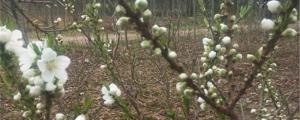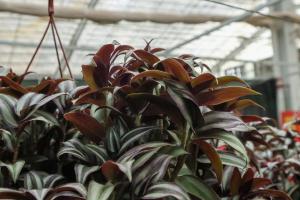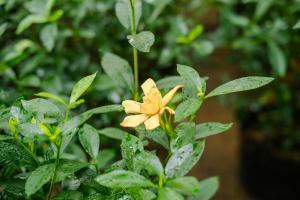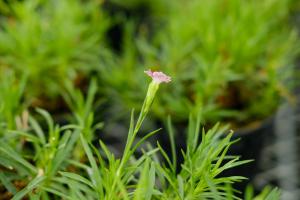Introduction
Palm trees are known for their distinct appearance and popularity in tropical and subtropical climates around the world. They are often seen swaying in the breeze, providing a source of shade and a tropical aura. But, are palm trees considered woody plants? In this article, we will explore the characteristics of palm trees and determine if they are indeed considered woody plants.
Characteristics of Palm Trees
Palms are large evergreen plants with long leaves arranged in a symmetrical fashion. They typically have a single trunk and can grow quite tall, with some species reaching over 100 feet in height. Palm trees are considered angiosperms, or flowering plants, meaning they produce seeds enclosed in an ovary. Palms also have a unique root system and are often able to grow in sandy or saline soils. However, one characteristic that sets palm trees apart from other woody plants is their lack of secondary growth.
What is Secondary Growth?
Secondary growth is the growth that occurs in woody plants after their primary growth. This growth is responsible for thickening and strengthening the plant's stem or trunk over time. Secondary growth is accomplished by the formation of new tissue called cambium, which produces new xylem and phloem cells. Xylem cells transport water and minerals from the roots up to the rest of the plant, while phloem cells transport food and other organic materials throughout the plant. This process is what allows woody plants to grow and support their weight over time.
Do Palm Trees Exhibit Secondary Growth?
No, palm trees do not exhibit secondary growth. Instead of producing new tissues to thicken their trunk, they rely on their initial growth to support their height and weight. This means that palm trees do not increase in girth as they age, and their trunks remain relatively thin. Additionally, palm trees do not produce any bark, as this is another product of secondary growth. Instead, they have a layer of cells that protect their trunk from environmental stressors and pests.
Conclusion
In conclusion, palm trees are not considered woody plants due to their lack of secondary growth. While they may have a single trunk and can grow quite tall, they rely on their initial growth to support their structure. This unique characteristic sets them apart from other plants that rely on secondary growth to thicken and strengthen their trunks. Despite this difference, palm trees are still a beloved part of tropical and subtropical environments, providing shade, beauty, and a sense of relaxation to all who see them.

 how many times do yo...
how many times do yo... how many planted tre...
how many planted tre... how many pine trees ...
how many pine trees ... how many pecan trees...
how many pecan trees... how many plants comp...
how many plants comp... how many plants can ...
how many plants can ... how many plants and ...
how many plants and ... how many pepper plan...
how many pepper plan...

































